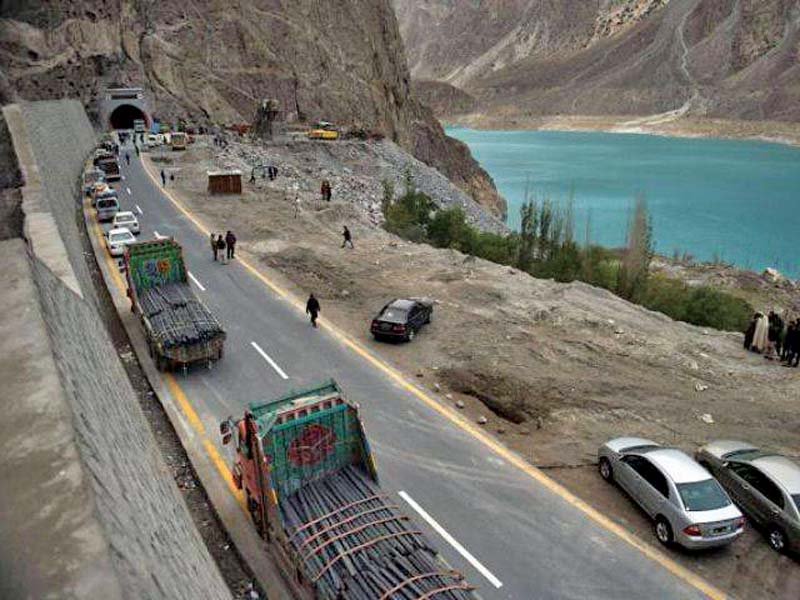
According to details on the state-run Radio Pakistan’s website, the SSD would involve raising nine army battalions and six civilian wings with 13,700 personnel.
After the Planning Division requisitioned from the provinces, deployment orders shall be issued by the Ministry of Interior, it added.

However, this notification is yet to be confirmed by the Ministry of Interior.
China has already expressed satisfaction over security arrangements during the sixth Joint Cooperation Committee meeting held in Beijing, the state-run radio maintained.
The nine composite battalions of SSD will have 9,229 personnel while six wings of civilian armed forces will have 4,502 personnel. Terms of references of SSD had already been sent to provinces/special regions for requisitioning armed forces/civilian armed forces under Articles 147 and 245 of the Constitution and Anti-Terrorism Act of 1997, it is further learnt.
Briefing a parliamentary panel in August last year, officials of the ministry of defence stated that SSD had been entrusted to protect Chinese workers and projects under the CPEC.
Officials informed the committee that the government had also allocated Rs1.3 billion for CPEC security in addition to efforts of provincial governments.
The cost of raising the SSD was Rs500 million and it took a year to be raised, officials maintained during the briefing.
CPEC is intended to rapidly expand and upgrade Pakistani infrastructure, besides deepening and broadening economic links between Pakistan and China. First trade activity took place through CPEC on November 13 last year, when cargo from China was transported to ships at Gwadar Port, for markets in West Asia and Africa.
The CPEC involves 3,000-kilometre-long network of roads, railways and pipelines to transport oil and gas besides energy projects between Gwadar Port and Kashgar in China’s Xinjiang region.
Proposed by Chinese Premier Li Keqiang during his visit to Pakistan in May 2013, the CPEC is expected to act as a bridge for the new maritime route that envisages linking three billion people in Asia, Africa and Europe.
There are 12 energy projects under CPEC which are expected to add 5,000 megawatts of electricity to the national grid by 2017-18.
Similarly, the transport infrastructure under CPEC consists of rail-based mass transit system, railways, new provincial projects and new Gwadar projects.
Rail-based mass transit system includes Karachi Circular Railway, Greater Peshawar Mass Transit and Quetta Mass Transit. The projects also include upgrading Pakistan Railways ML-1 and establishment of a dry port at Havelian.
Published in The Express Tribune, January 23rd, 2017.





1732600231-0/BeFunk_§_]__-(50)1732600231-0.jpg)











COMMENTS
Comments are moderated and generally will be posted if they are on-topic and not abusive.
For more information, please see our Comments FAQ